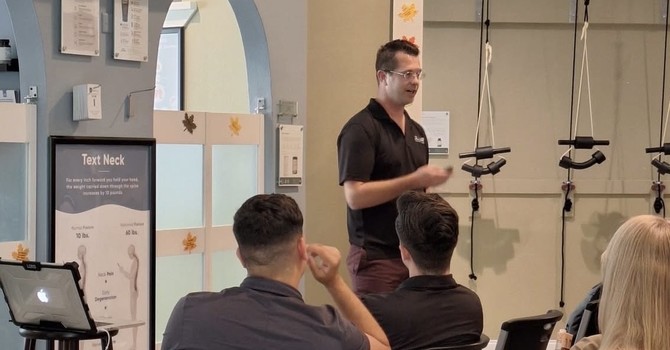
Research suggests that several different protocols can effectively lower inflammation and speed up injury recovery. But when you're standing in front of your freezer with a sore shoulder, you need a simple answer: should I use ice or heat when hurt?
In some cases, ice and heat aren't sufficient. If an injury has become infected or it's extremely painful, you might need medical attention and over-the-counter medications. Your doctor may provide you with a more specific treatment protocol alongside your medications.
For the more common, everyday injuries though, the choice between ice and heat can make a real difference in recovery. Here’s how to know which one to reach for.
For Acute Injuries - Why Ice Comes First
If you have an acute injury (one that occurred quickly and is under six weeks old), you should avoid using heat on the area. This is especially important within the first few days of the injury.
Applying a heat pack may make the area even more inflamed and sore than it already is. It could even worsen the injury by increasing blood flow to already swollen tissue. So if you've just twisted your ankle or pulled a muscle, the best thing to do is grab an ice pack or a frozen bag of peas and gently press it against the injured area.
The ice-cold temperature causes blood vessels in the area to constrict, which reduces inflammation and bruising. Although applying ice might feel slightly uncomfortable compared to a soothing heat pack, it's the better option in the long run. The general rule for ice or heat for injury is simple: new injuries need ice, not heat.
For Chronic Injuries - When Heat Helps
For injuries you've had for more than six weeks, they become chronic. At this stage, heat becomes your friend. Using heat helps increase blood flow into the area and reduce lingering stiffness and tenderness. The warmth also helps your muscles relax, which reduces tension in both muscles and joints.
Because heat lowers residual swelling around old injuries, it can increase joint mobility and make it easier for you to keep moving. This is why ice vs heat for pain depends so much on timing - what helps in week one might hinder in week seven. However, it's important not to start doing anything too strenuous with the joint if it's still tender. Heat helps, but it doesn't mean you're fully healed.
What Else Can You Do For Injuries?
Alongside using ice and heat packs, you may benefit from a gentle exercise program or daily stretches. Regular movement helps improve blood circulation to the area, promoting faster recovery. Sometimes, however, injuries need more than home care.
If you're experiencing persistent pain or your injury isn't improving with basic ice and heat treatment, professional help can identify the real problem. Clear Life Scoliosis Reduction and Chiropractic can help you pinpoint what's actually wrong and create a treatment plan that goes beyond just managing symptoms. Give our office a call when you're ready to get back on track properly.



